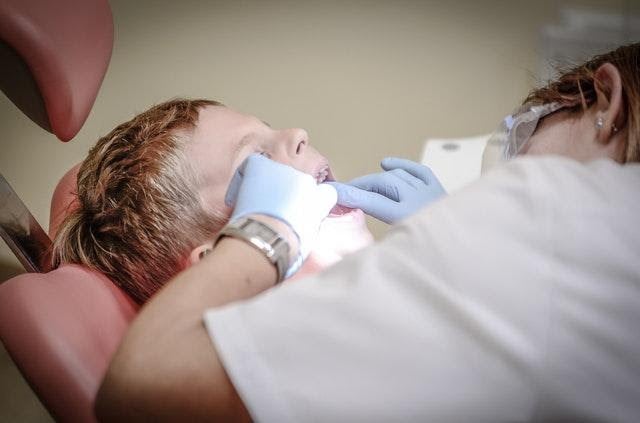
Why it’s Crucial for Dentists to Know About Airway & Breathing Disorders
Dentists are in a unique position to help with identifying and treating their patients’ breathing issues. A basic dental exam can identify airway and breathing disorders; something medical professionals may not initially recognize. Ideally, after a dentist determines evidence of a sleep-related breathing disorder (SRBD) such as bruxism, they refer the patient to their general practitioner for a sleep study and then create an oral appliance the patient can wear while sleeping.
“WHAT IS BRUXISM?”
While sleep physicians are responsible for ordering sleep studies to diagnose breathing disorders such as obstructive sleep apnea (OSA), a dentist’s position to determine oral appliance therapy (OAT) is appropriate. Many patients cannot tolerate the popular positive airway pressure (PAP) therapy, and OAT is an effective alternative that can be custom-created and implemented by a qualified dentist. OAT therapy is specific to dentistry and has become more respected in the medical community since the 1980s with initial studies on patients who snored.

Dentists can mitigate early growth and development issues in children that may lead to airway issues. Airway constriction associated with enlarged tonsils and/or adenoids is the most common risk factor for sleep apnea in children, something a dentist can identify. In addition, underdeveloped craniofacial growth can present a physical obstruction to air passages if left untreated. This is also something a dentist can determine. Positively impacting a child’s health through an initial exam that can lead to successful interventions achieved through approaches such as breathing pattern therapy, an assistive device, or surgery is powerful. This early intervention through a dentist’s referral can lay the foundation for optimal airway function for a lifetime.
Live Stream Event: The Dawson Academy is proud to host “What a Child’s Face Tells You About Their Airway” on October 8, 2021. Register now for this Live Online Dental CE course.

Since approximately 23 million adults in America suffer from apnea, a dentist’s awareness of indicators associated with sleep-disordered breathing (SDB) and obstructive sleep apnea (OSA) may increase their effectiveness in reducing or eliminating upper airway deficits leading to pharyngeal collapse. This is significant since these disorders may also cause hypertension, cardiac arrest, and premature death, as well as snoring, mood disorders, disruptive behavior, and low quality of life. Specific indicators of SBD may include a high arched or a narrow, hard palate.
Sleep-related breathing disorders are a medical diagnosis. For dentistry to be recognized within a treatment team, dentists need to continue their journey in the study of airway and breathing disorders. Working with medical colleagues and participating in dental continuing educational courses related to problems and solutions empowers dentistry in the prevention of these potentially life-threatening disorders.
The Dawson Academy Airway Symposium 2022
Please don’t miss out on The 2022 International Airway Symposium is coming to Clearwater Beach, Florida, in January 2022!

This unique dental event will cover the detailed evaluation, diagnosis, and treatment for sleep apnea–and the different occlusal splint therapy options. Enjoy exciting presentations from speakers around the world and learn from our Senior Faculty Member and Resident Expert of Airway and Integrative Dental Medicine, Dr. DeWitt Wilkerson.








Leave a Reply
Want to join the discussion?Feel free to contribute!